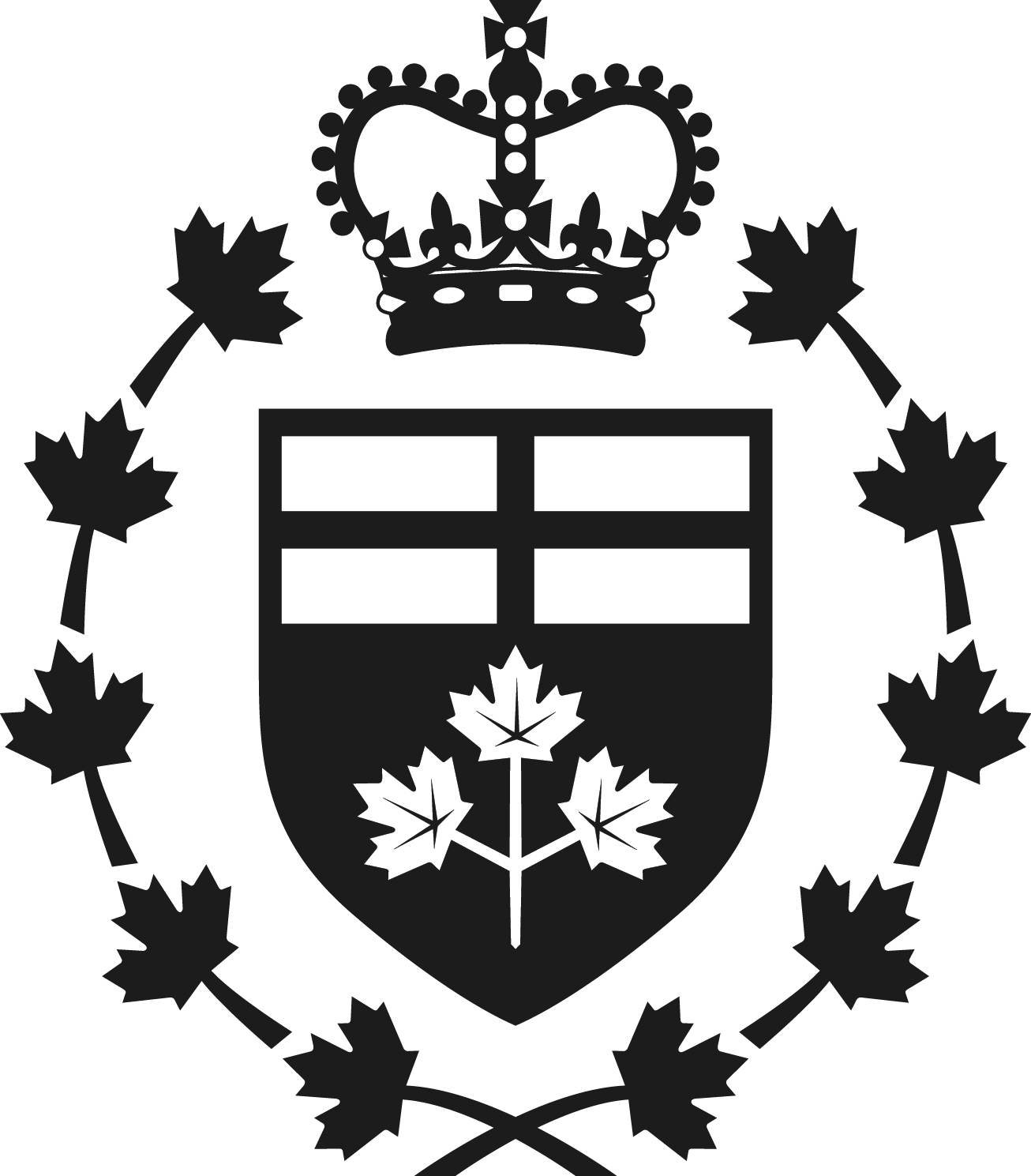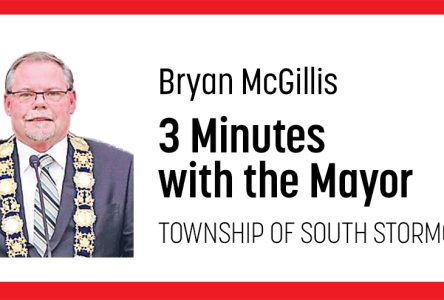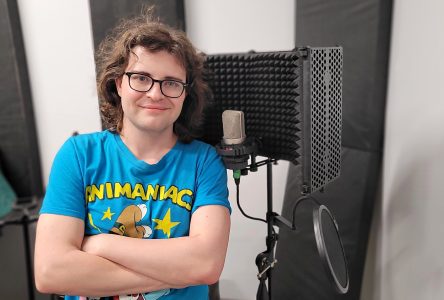The theme of this year’s Earth Day, on April 22, is “Restore Our Earth.” It’s a call for action to bring our environment back to health. We will accomplish this only with innovative thinking and new perspectives, driven by science and by the urgent need for climate action.
These are the kinds of perspectives that have been achieved by Order of Ontario recipients Roberta Bondar and Art McDonald. Both have undertaken remarkable studies borne from distinct and powerful vantage points—Bondar from above the Earth, McDonald from underground—and their barrier-breaking work can inspire us all.
McDonald won the Nobel Prize in Physics in 2015 for his work as director of the Sudbury Neutrino Observatory (SNO)—whose lab (now known as SNOLAB) is 2 km underground. The rock above it filters out cosmic rays emitted by the sun, but not the tiny particles called neutrinos. Although these particles penetrate just about everything, during the experiments McDonald’s team conducted, they would sometimes collide with the heavy water stored in SNO, giving off light. By detecting solar neutrinos, the team discovered some of the particles’ properties, in the process learning about both the sun and the Earth.
“Nuclear fusion powers the sun; it’s being attempted on Earth as a major green energy source,” says McDonald. “We have proven that the calculations of how the sun burns are accurate. So it’s the engineering that needs to be sorted out to create a very substantial green energy source that uses water from the oceans and can help our climate change efforts.” Nowadays, McDonald is participating in the SNO+ experiment, the successor to SNO. By investigating neutrinos emitted by radioactivity up to 500 km beneath the surface, it seeks to improve our understanding not only of their basic properties, but also of our planet’s inner regions and the way they produce heat.
Roberta Bondar spent eight days orbiting the Earth in 1992 on the space shuttle Discovery, as the first Canadian woman—and the first-ever neurologist—in space. There, the Sault Ste Marie native conducted experiments on the effects of low gravity on the human body. In looking down at the Earth, she was granted what she calls “an all-encompassing view of who we are and where we are.”
Nowadays, Bondar runs the Roberta Bondar Foundation, which aims to address “the growing nature deficit in society.” One of its initiatives is to photograph the migratory pathways of threatened and endangered birds—from space (Bondar sends geographical coordinates to astronauts who take pictures), from the ground, and from the air (she herself snaps pictures from helicopters). Together, the images reveal how the birds’ lives are being altered by factors such as climate change and urbanization. “It’s my way of trying to show the value of being on a planet with fresh water and good air,” she says, “and minimizing the impact that we have on human beings and other life forms.”
As much as we now know about the Earth, we have so much more to learn—including how to restore its health. Through their unique studies of our planet and our sun, Bondar and McDonald remind us to double down on our curiosity, to constantly renew our perspectives, and to remember never to take our magnificent planet, or the diversity of life it sustains, for granted.
— The Honourable Elizabeth Dowdeswell, Lieutenant Governor of Ontario
One of a Lieutenant Governor’s great privileges is to celebrate Ontarians from all backgrounds and corners of the province. Ontario’s honours and awards formally and publicly acknowledge the excellence, achievements, and contributions of role models from all walks of life. In doing so, they strengthen the fabric of communities and shape the aspirations of Ontarians.
Learn more: https://www.ontario.ca/page/honours-and-awards




